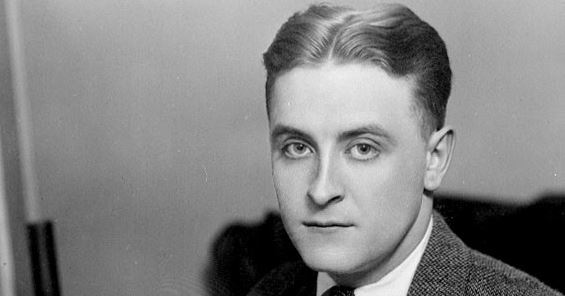This page brings together critical opinion and historical background from selected secondary sources. You may wish to read further in these works and use them in your essay. These books are available in the Common Room; others are in my office. See the list of books and articles for details.
Reload this page with pop-up notes: English => 日本語
The Image of the 1920s
“It was an age of miracles, it was an age of art, it was an age of excess, and it was an age of satire.” Fitzgerald, “Echoes of the Jazz Age,” 1931
“To an astonishing extent, the 1920s resemble our own era, at the turn of the twenty-first century; in many ways the decade was a precursor of modern excesses. We, too, have engaged in foolishly dangerous stock market manipulations. Much of what we consider contemporary actually began in the Twenties–for example, jazz and psychiatry. Criminal conduct by business and industrial leaders was altogether too familiar then and now.” (Nathan Miller. New World Coming, 1)
“With few exceptions the general public and scholars alike have been captured by the ‘lost generation-roaring twenties’ image of the twenties. American intellectuals supposedly emerged from the war years cynical and alienated. Rebellion became a way of life: they drifted valueless, from bar to bar and bedroom to bedroom, members of the lost generation. Popular thought has also been subject to extensive mythologization. We have been led to believe that this was the ‘jazz age,’ as F. Scott Fitzgerald labeled it in 1922, during which Americans either indulged in an orgy of irresponsible dissipation or pursued the main chance with a narrow concentration permitted neither ethics nor altruism. It was a decade long house party.” (Roderick Nash, The Nervous Generation, 2)
The Cult of Heroes
“Heroes abounded in the American 1920s. …The nervousness of the post-World War I generation provided fertile soil for the growth of a particular kind of heroism. Many Americans felt uneasy as they experienced the transforming effects of population growth, urbanization, and economic change. On the one hand, these developments were welcome as steps in the direction of progress. Yet they also raised vague fears about the passing of frontier conditions, the loss of national vigor, and the eclipse of the individual in a mass society.” (Roderick Nash. The Nervous Generation, 126)
“By the 1920s the sense of change had penetrated to the roots of popular thought. Scarcely an American was unaware that the frontier had vanished and that the pioneering, in the traditional sense, was a thing of the past. Physical changes in the nation were undeniable. They occurred faster, however, than intellectual adjustment. Although Americans, in general, lived in a densely populated, urban-industrial civilization, a large part of their values remained rooted in the frontier, farm, and village. ….Old style pioneering was impossible, but Americans proved ingenious in finding equivalents. The upshot in the twenties was the cult of the hero–the man who provided living testimony of the power of courage, strength, and honor and of the efficacy of the self reliant, rugged individual who seemed on the verge of becoming irrelevant as the covered wagon.” (Roderick Nash, The Nervous Generation, 127)
Movies and the Mass Media
“In an increasingly secular age, movie theaters had become the focus of an almost spiritual yearning for beauty and glamour and people flocked to themas they had once flocked to the austere clapboard churches of New England. Lavishly comfortable and exotically decorated as Egyptian temples or rococo palaces, often air-conditioned, in 1925 there were 20, 000 cinemas across the united States, selling 100 million tickets a week….The fact the same films were shown across the country at roughly the same time had a powerful unifying impact on American society: popular films became shared and defining American experiences. But while movies, like radio and national newspapers and magazines, brought the United States together as a cohesive cultural whole, their practical effect was subversive. Families seldom attended a movie together, as they would once have gone ice-skating or to a church picnic. More often teenagers went with friends or on dates, generally driving themselves in cars they had borrowed from their parents, free from chaperones who would once have been observing and monitoring their behavior. ” (Lucy Moore, Anything Goes, 94-5)
